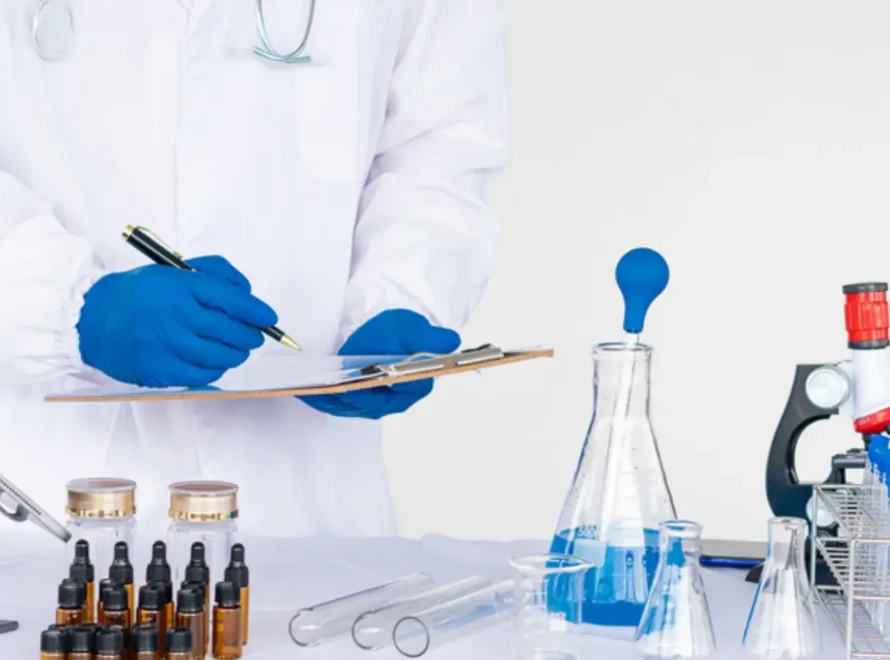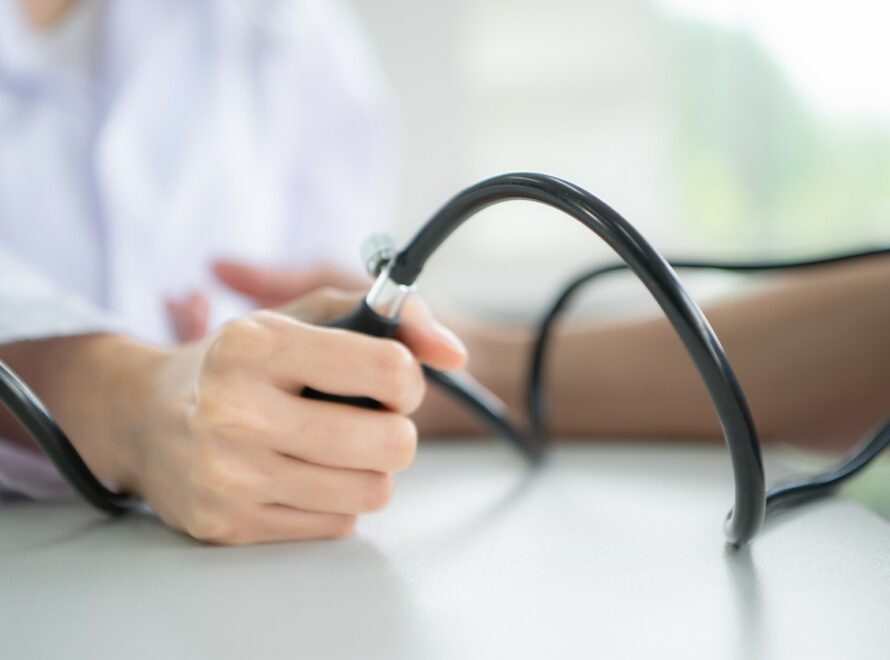Before Phase I studies can begin, the drug candidate has been thoroughly and extensively tested in the laboratory and in animals in so-called non-clinical studies. Phase I studies test the drug on humans for the first time; therefore, this phase is also called “first-in-human”.
Participants in these studies are usually healthy volunteers (i.e., people who do not suffer from the disease for which the drug candidate is being developed), but in some cases patients are recruited, for example for cancer treatments. The number of participants in Phase I studies is limited: 20 to 100. These studies are open-label.
The objective of Phase I studies is to determine whether the drug candidate is safe, what the maximum dose the human body can tolerate is, and what its side effects (tolerance) are. Thus, a low dose will be started and gradually increased if no or only mild side effects are observed.
In addition, Phase I studies will analyze:
- what happens to the drug in the body (pharmacokinetics) – how it is absorbed and distributed and how it is transformed and eliminated?
- the effect of the drug on the body (pharmacodynamics)
- interactions (e.g., between drugs, with food and drink)
In addition to information on the mechanism of action of the drug candidate, side effects associated with increased dosing and information on efficacy, Phase I studies also provide information on the optimal way to administer the drug, such as orally or intravenously.
Phase I usually lasts up to one year. If the studies show that the drug candidate meets predetermined criteria, it can proceed to Phase II.




